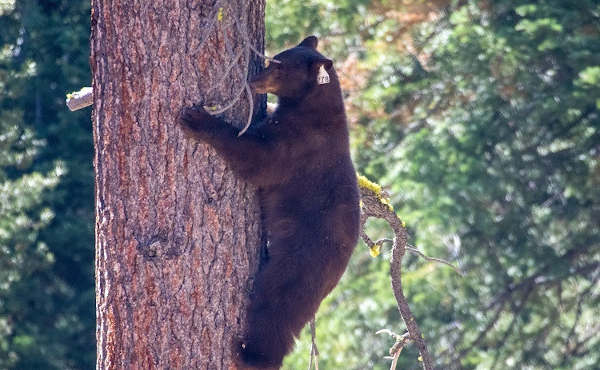- CALIFORNIA HIGHWAY PATROL
- Posted On
CHP to deploy a motorcycle safety enforcement operation in Humboldt area
Officers will look for violations by both motorcycle riders and drivers that make roads dangerous for other traffic, including unsafe speed, following too closely, unsafe lane changes and improper turning.
Motorcycle-involved crashes in California continue to be a major concern for the California Highway Patrol.
From January 2021 through December 2021, provisional statistical data revealed there were 19 injury crashes involving motorcycles and 3 fatal crashes involving motorcycles in the CHP Humboldt jurisdiction.
Funding for these operations is provided by a grant from the Office of Traffic Safety, through the National Highway Traffic Safety Administration.
Titled “Get Educated and Ride Safe (GEARS) V, the grant funding assists the CHP in reducing deadly and serious injury crashes involving motorcycles,
The Humboldt Area will continue to deploy additional enforcement efforts through Sept. 30.
If you have any questions or need additional information, please contact the Humboldt Area office at 707-822-5981.




 How to resolve AdBlock issue?
How to resolve AdBlock issue? 




